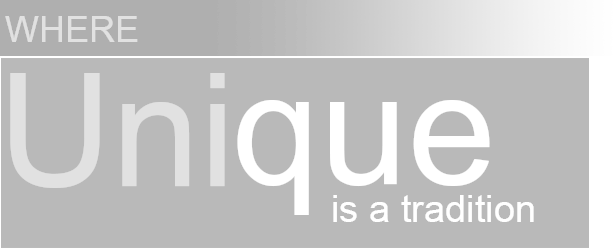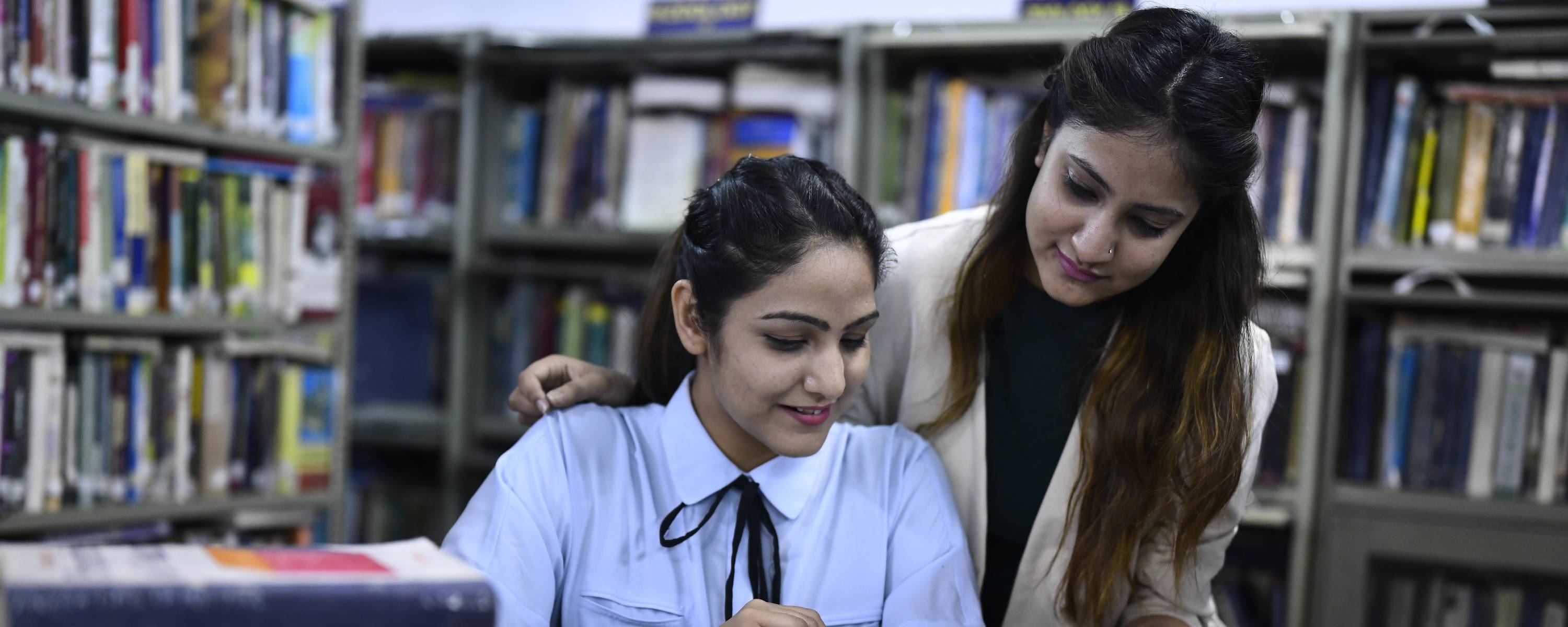
Admissions
It is a University which is committed to excellence and overall development of the student and one where talent is nurtured and honed in the best possible manner. Come, be a part of our never-ending journey of accomplishments and accolades.
Read More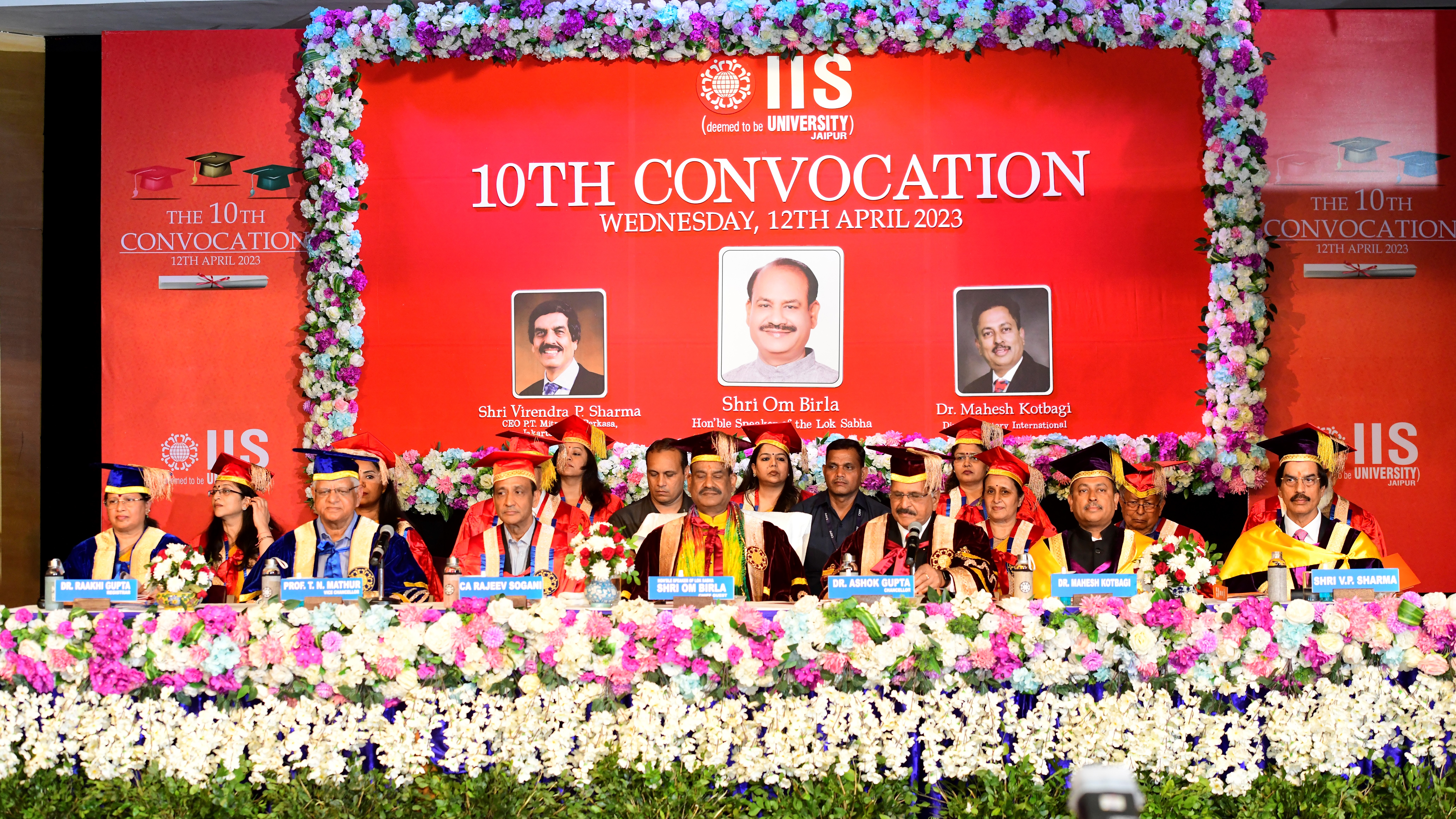
Placements
Excellent education not only imparts knowledge, but also paves the way for a promising and successful career. The Placement Cell at The IIS University has numerous success stories to narrate in this regard...
Read More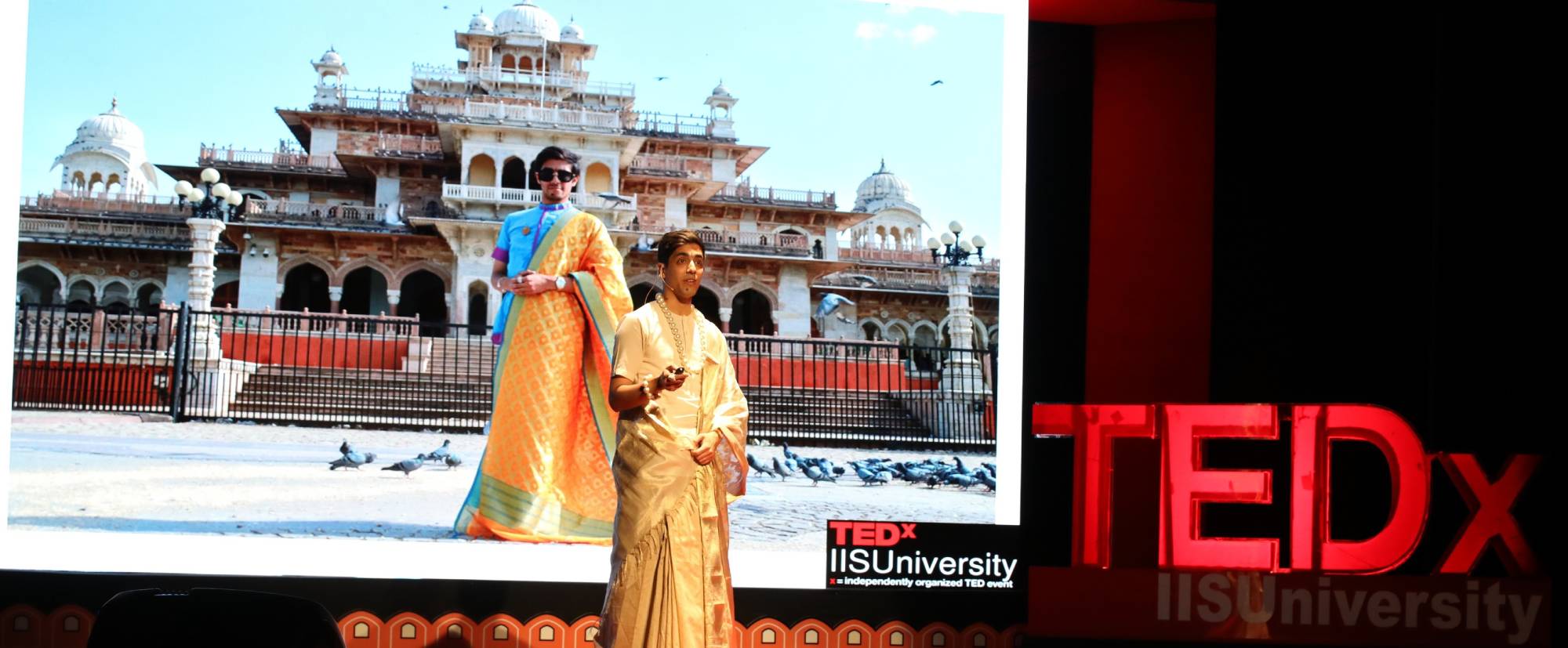
Life@IIS Univ
Life @ IISU is nothing less than a kaleidoscope of myriad hues; complete with vibrant events and memorable occasions to cherish for a lifetime.
Read More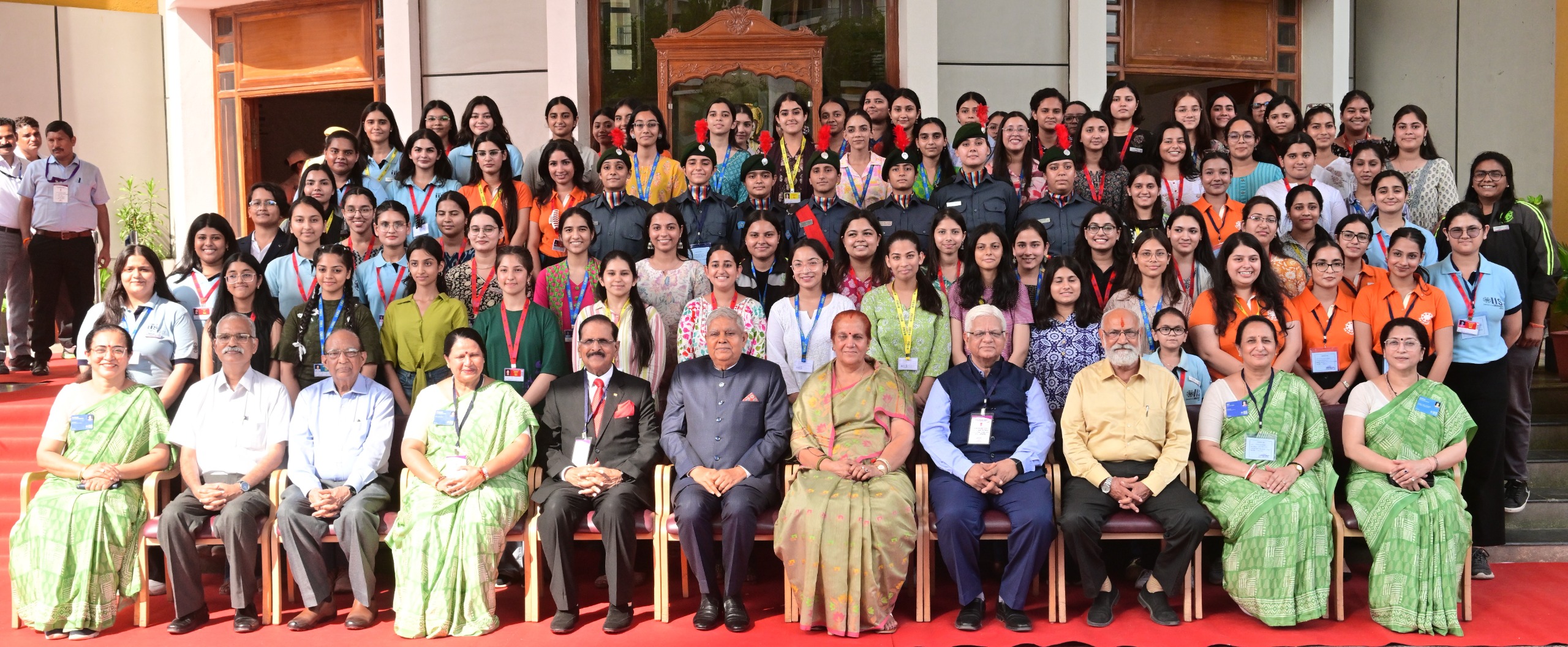
Academics
Taking the age-old tradition of enlightenment through education forward, The IIS University - in its continuous pursuit of excellence - firmly believes that an institution’s academic profile determines its worth and value. Therefore, on offer are a wide variety of both conventional and contemporary programmes of study.
Read More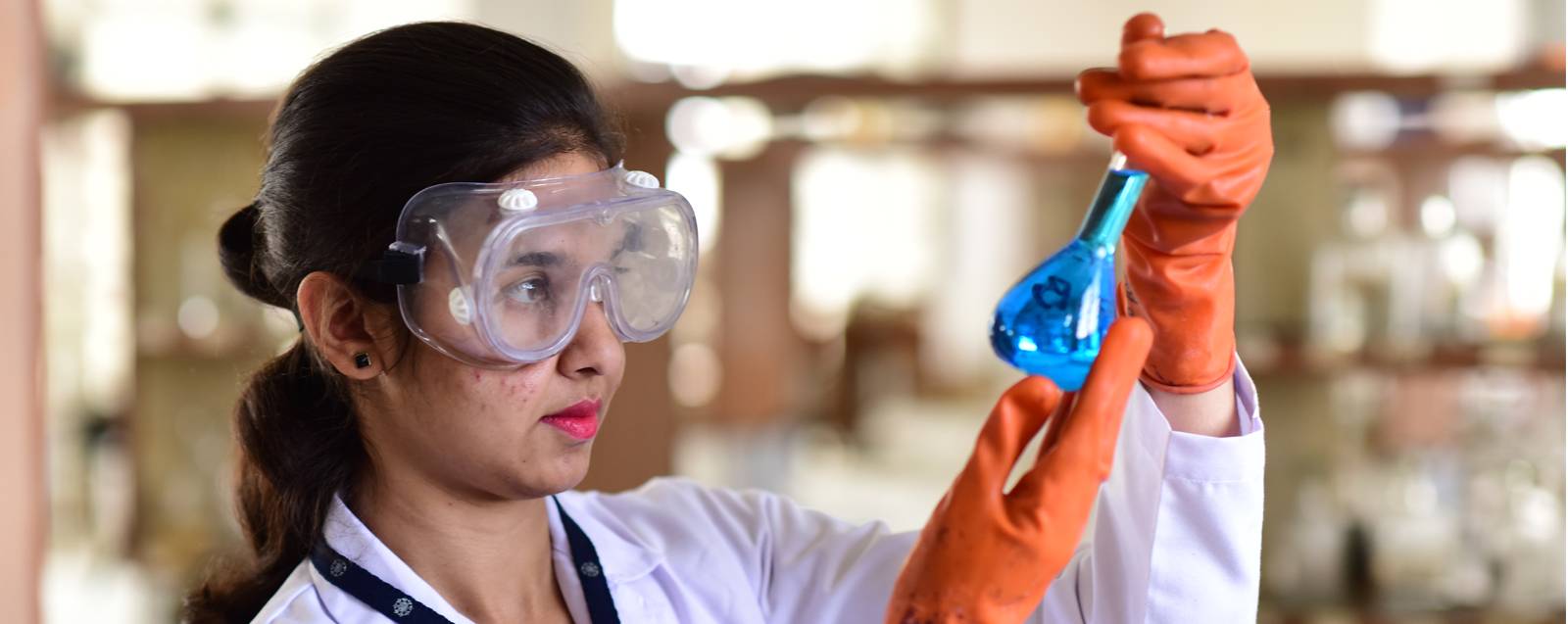
Research
To stimulate curiosity and cater to the global needs of a dynamic education, The IIS University - since inception - has been promoting and encouraging research-based experiential learning among all its students.
Read More
About Us
The IIS University, with its perfect amalgamation of innovation, inspiration and synergy, aims to be a model institution for students across disciplines and programmes.
Read More
